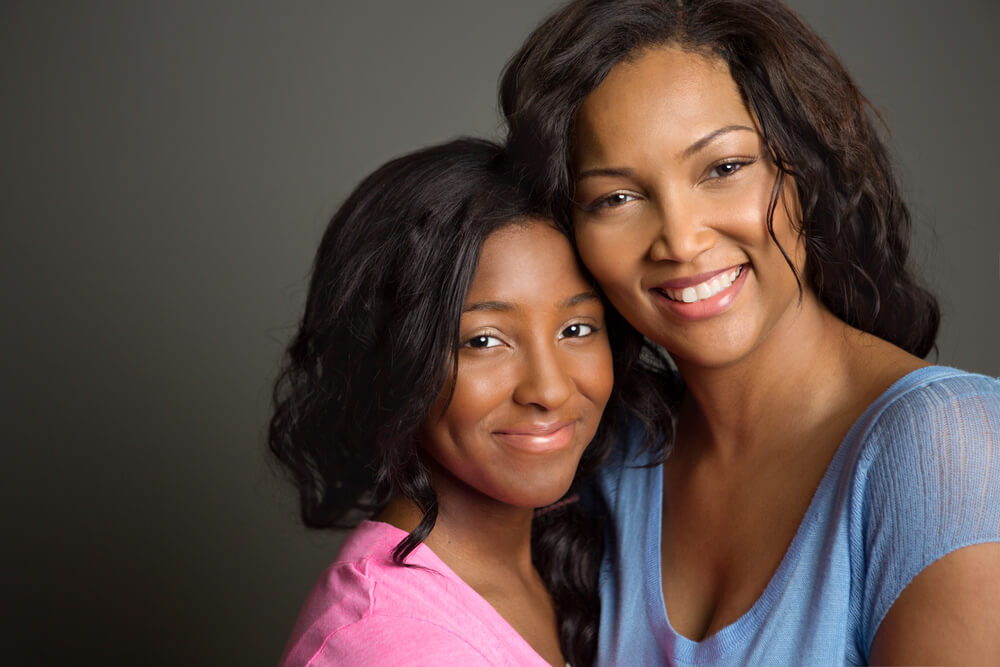
The 3 Big Questions Kids Navigate During Adolescence
When you ask people to recall their preteen and teen years, a consistent pattern emerges. Alongside positive memories, they remember trying to fit in, exclusion, and friendship changes. They share uncomfortable stories and feelings of insecurity. And this rings true for adolescents today.
A UCLA study of 6,000 sixth-graders found that two-thirds changed friendships during their first middle school year. The majority of preteens and teens report feeling lonely at some point. While friendship changes and struggles occur throughout life, they intensify during adolescence.
Why? What is it about adolescence that intensifies social changes and struggles? The answer lies in some big questions kids navigate during this phase.
The Questions
Preteens and teens learn how to navigate complex social groups alongside the physical, emotional, and intellectual changes that go along with puberty. And all of this happens as peer acceptance grows in importance and confidence levels drop. These changes raise some big questions for adolescents.
Am I okay?
Puberty is a turbulent time for confidence in both genders, but girls experience a more significant drop. Claire Shipman, Katty Kay, and JillEllyn Riley, authors of The Confidence Code for Girls, found that girls’ confidence levels drop by 30 percent between the ages of eight and fourteen. The authors contribute much of the decline to newly formed habits such as overthinking, people-pleasing, and perfectionism. This lack of confidence ripples through relationships and increases the likelihood of self-doubt, social anxiety, and risk avoidance.
Where do I fit?
While confidence is dipping, adolescents are in the midst of the developmental phase that shifts their reliance on family to a reliance on peers. During this period, friendships begin to replace family as tweens’ primary source of identity and support. Social conformity becomes a typical response to the urgent need to fit in and be accepted into a new replacement “family.”
Who am I?
As kids look more to peers to find support and belonging, they need to figure out where they fit in the sea of students, groups, and activities. During adolescence, kids begin to explore their social world, including who their friends are, what they wear, and what activities they do. They start to question, experiment with, and shape their identity.
Physiological Changes Intensify Emotions and Experiences
Bubbling beneath the surface of all of this, physiological changes intensify teens’ emotions and experiences. During adolescence, we feel our feelings most deeply, which creates enduring memories. As described by psychologist Laurence Steinberg in Age of Opportunity, “the hormones released in puberty affect our ‘sensitivity thresholds,’ how reactive we are to things that happen to us and what we feel.”
So what can parents and caregivers do to support kids through this phase?
To say a lot is going on developmentally during adolescence is an understatement. It is a period of tremendous change and growth. Preteens and teens begin to explore some of life’s biggest questions, Am I okay? Where do I fit? Who am I?
There is no way to avoid discomfort during adolescence or any phase of life. Through discomfort and change, we learn and grow. Yet, parents play an essential role in helping their kids learn to navigate and manage emotions in healthy ways. Parents also model and teach the essential skills of self-compassion and empathy.
Through listening and empathizing, parents help kids navigate emotions and complex social situations. Active listening, without judgment, gives kids time and space to process their feelings and experiences aloud, increasing self-awareness and reducing anxiety. And as kids grow and learn, they start to know that they are okay, where they fit, and who they are. Big questions, with big answers, that shift throughout life.
About the Author: Jessica Speer is the author of BFF or NRF (Not Really Friends)? A Girl’s Guide to Happy Friendships and Middle School—Safety Goggles Advised. She has a master’s degree in social sciences and focuses her research and writing on social-emotional topics for kids and families. To learn more, visit, www.JessicaSpeer.com
